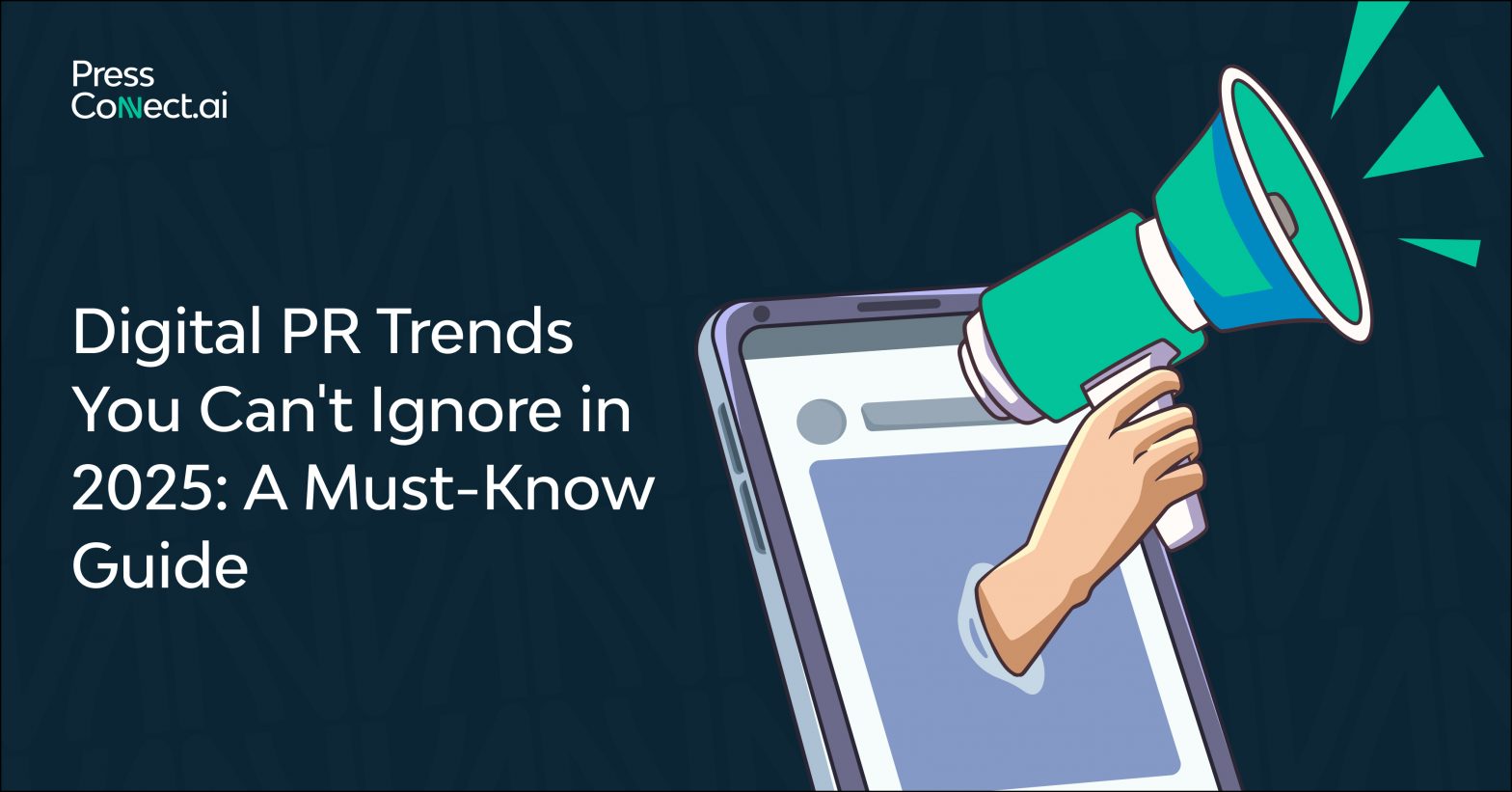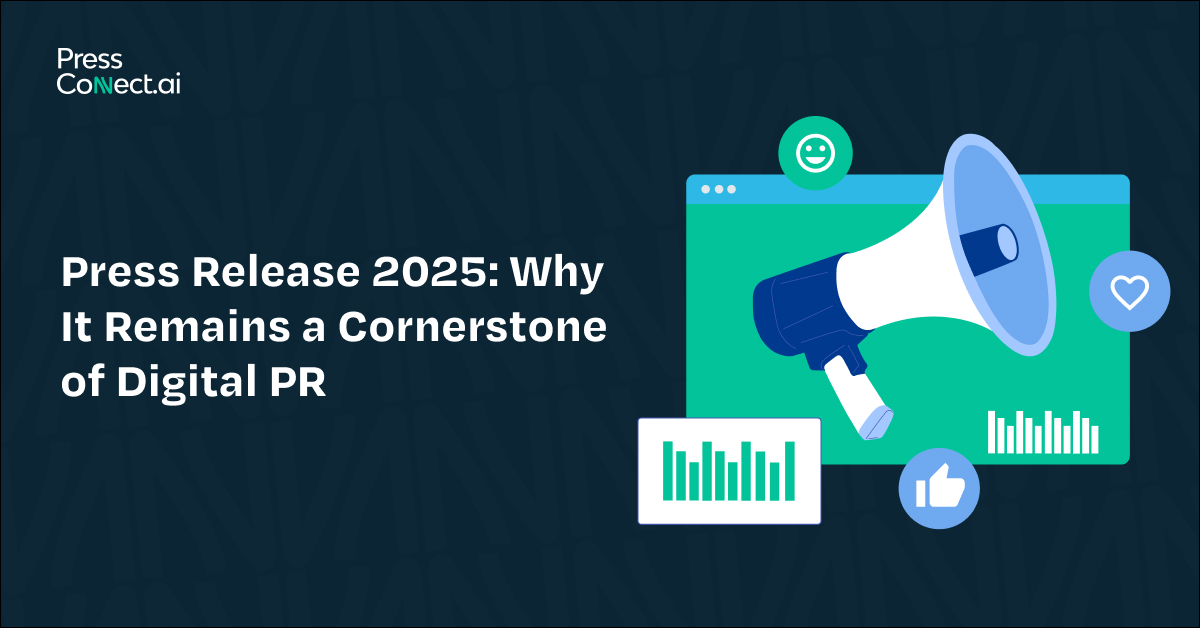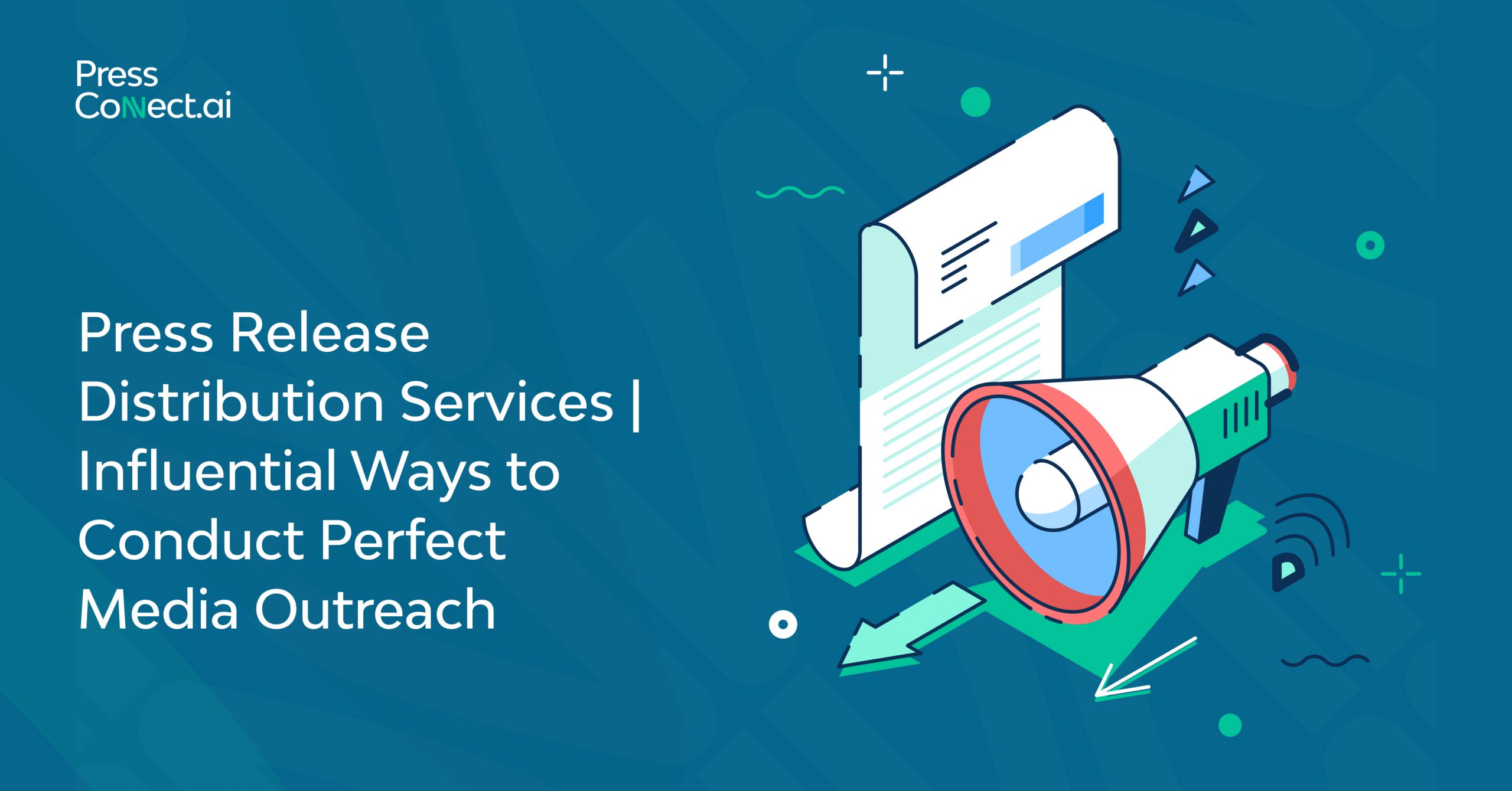Digital PR Trends You Can’t Ignore in 2025: A Must-Know Guide
Greenberg argues that Digital Public Relations surpasses media placement achievements because it demands administrators to manage a dynamic system based on data-driven analysis and artificial intelligence with changing consumer relationships. Public relations experts must adapt their practices because the combination of digital times and declining conventional media operates across numerous existing online channels. A business that fails to adjust its approaches will give up its current position in the market.
Artificial intelligence technology within the developing sector produces a revolutionary new tool that shapes PR professionals’ work. The combination of modern technology allows businesses to develop tracking systems for media content that generate computer-generated press releases to support better organization-to-client communication. Organizations must merge their marketing operations with public relations activities on social platforms because modern business achievement depends on influencer collaboration and social interface management.
Because businesses use direct communication, which requires detailed product details and specific customer approaches, PR specialists must adjust how they create and distribute content.
This blog investigates digital PR forecasts for 2025, which will direct brand development through modern approaches. The future of audience relations and reputation management in business depends on AI-based PR approaches combined with influencer programs and anticipatory predictive analysis techniques, which will gain adoption over the next few years.
The Rise of AI-Powered PR
The future has arrived through artificial intelligence because the technology transforms brand messaging creation, distributes messages to target audiences, and tracks release outcomes. The updated media industry requires businesses to use AI tools as an essential factor when implementing real-time crisis response and defensive brand promotion approaches.
AI reached its highest development in PR through automated machines performing press release content creation tasks. Production of professional information-based press releases can happen quickly through AI platforms using multiple artificial intelligence technologies even without essential human writer involvement in content creation. Automated press release content development platforms merge findings about efficient PR methods and trending keyword detection to produce materials that genuinely represent brands during targeted outreach.
Artificial intelligence technology presents significant difficulties for organizations striving to maintain their sentiment analysis and media monitoring systems. The standard protocols of press relations required manual teams of humans to observe journalism because appropriate responses took extended time periods. Real-time sentiment analysis using AI examines news articles and public social media posts to monitor public sentiment for companies as it happens. PR teams increase their crisis response abilities after adopting data points to create their messages, thereby minimizing the growth of newly developing challenges.
AI implementation in public relations generates valuable content that serves specific audiences because of its outcome. AI tools replaced traditional generic press outreach through their ability to produce tailored pitches using data regarding consumer behavior and media choices. AI tools within PR campaigns enable direction for selecting suitable journalists and influencers operating on correct platforms to focus messaging toward target audiences and enhance both outreach effects and funding performance.
The Growing Importance of Influencer and Thought Leadership PR
Traditional media’s dominance decreases when digital content producers directly distribute material to their audiences. Social media PR distribution enables influencers to create communities that make decisions based on relationship-driven ideas directly from their networks before corporate statements come into play. Influencers deliver unpolished material through spontaneous editorial delivery, thus remaining highly influential with their audience.
Micro-influencers and thought leaders in a particular field strategically use PR approaches to create superior results, even though their audience numbers are lower than those of celebrity influencers. Specialists in various industries possess core follower groups who value specialized knowledge and genuine presentation qualities.
Products directed towards specific markets acquire more excellent promotional value when experts from those professional fields use their networks to endorse these products. The business-expert partnerships develop genuine public relations content that customers accept as credible recommendations instead of corporate advertising.
Brand success through influencer marketing will depend on creating official strategic guidance for alliances. Businesses now prefer enduring partnerships for better brand credibility to avoid making single-event sponsorships.
PR teams should start by standardizing co-creation practices. This allows influencers to collaborate with their followers to develop messages rather than distribute company-generated content. AI systems will expand the operational scope of influencer performance evaluations, engagement metric assessments, and ROI evaluation capabilities. Influencers allow marketers to enhance PR authenticity and control and maintain brand value across current media platforms through their presence.
SEO and Digital PR: The Perfect Match
Public relations advancement relies on digital PR to extend traditional media outreach practices. Search-driven PR implements brand success on search engines by combining digital media mentions with link creation and establishing social media value. Traditional PR methods are used in newspaper, television, and magazine publications to build reputations, yet this approach differs from the modern technique. The contemporary PR principle unites credible storytelling with SEO technology, so online presence and trust are continuously built.
The main advantage of digital PR rests in its ability to generate high-quality backlinks because websites with strong reputations create these valuable link assets. Search engine ranking improves when Google analyzes these links as reliability indicators following brand appearances on publication and influencer websites and blog pages.
Positive press coverage strengthens business authority and generates higher reputation values that jointly win customer attention through their dual effect. When business owners use well-designed PR strategies, they develop online digital wealth, which brings them ongoing natural website visits while maintaining extended Internet presence.
Google’s search algorithms support legitimate content from established platforms serving user needs. The digital promotion system generates essential links with respected sources because Google examines content from experienced authorities with proven backgrounds (E-E-A-T).
Organizations that invest in meaningful partnerships and authority-based expert research achieve top positions in search engines, as evidenced by their robust evidence of expertise. Releasing spam-based mass press announcements with non-substantial messages to search engines leads to search ranking deterioration since these tactics fail to enhance business SEO quality.
Interactive and Immersive Content for PR
Media coverage is insufficient to deliver press relations since audiences require intensely interactive experiences. Modern brands successfully achieve excellent audience engagement through video PR technology by integrating live streams, augmented reality (AR), and virtual reality (VR) content. Companies fit behind-the-scenes footage and live stream shows with user Q&A platforms to reach their customers through real-time engagement and enable product exploration through AR/VR features. Due to decreasing attention spans, brands find their static PR content produces less impact, so these entities need to develop dynamic interactive press materials to gain visibility.
Stereotypical press releases have been entirely eliminated, marking the transition to contemporary PR practices requiring both parties’ active participation. Brands combine press releases with videos, infographics, and GIFs incorporating clickable features because these elements boost media and public attention. By combining shoppable real-time video streams and AI-run press events, businesses can create compelling content that encourages audience participation instead of simple message transmission.
Businesses have mastered immersive public relations techniques that have changed industry metrics. Through its AR application, IKEA enables customers to preview furniture in their homes before buying it, gaining substantial media attention and better sales performance. Nike sneakers’ live-stream events produce immediate sellout effects when consumers buy products within minutes. Luxury brands Gucci and Balenciaga use the metaverse to carry out digital fashion shows that display their PR content uniquely to reach target consumers.
Crisis Management in the Digital Era
A quick burst of poor publicity through social media can quickly ruin a brand’s reputation. Compared to longer-term crises, current PR emergencies require faster action and prompt response. A company’s lack of immediate response or silence creates rumors and worsens public trust. Brands need proactive transparency to lead reactions to customer issues before anyone else does.
Fast news travels like wildfire, so businesses must react instantly instead of waiting for their planned press release. When facing crises, businesses must stay active across various communications channels through official statements, online engagement, and direct contact with victims. Brands must take responsibility for their errors and present practical solutions and lasting changes, or they will face unhappy customers and permanent reputation harm.
Advanced technology and data analysis systems are core management tools in today’s crisis responses. Brands use social media monitoring software alongside artificial intelligence to recognize PR risks as they start rather than after they become significant problems. The tools monitor what people post about a brand on all social networks and read emotional content to help companies take action before problems escalate. Digital robots and automatic chat tools help companies handle many customer questions in times of crisis.
Bands should use digital tools and fast and honest PR methods to protect their public standing when mistakes become widely visible.
How Press Connect Can Help You Navigate Digital PR Crises
Press Connect provides the tools and expertise to safeguard your brand’s reputation in a world where a single crisis can escalate within minutes. With AI-powered media monitoring, real-time sentiment analysis, and strategic PR distribution, Press Connect ensures that your brand stays ahead of potential crises. Our platform helps you craft timely, effective responses, engage with the right audiences, and control the narrative before it spirals out of control. Press Connect is your ultimate partner in digital PR success whether you need damage control, proactive crisis planning, or expert-led PR campaigns.






